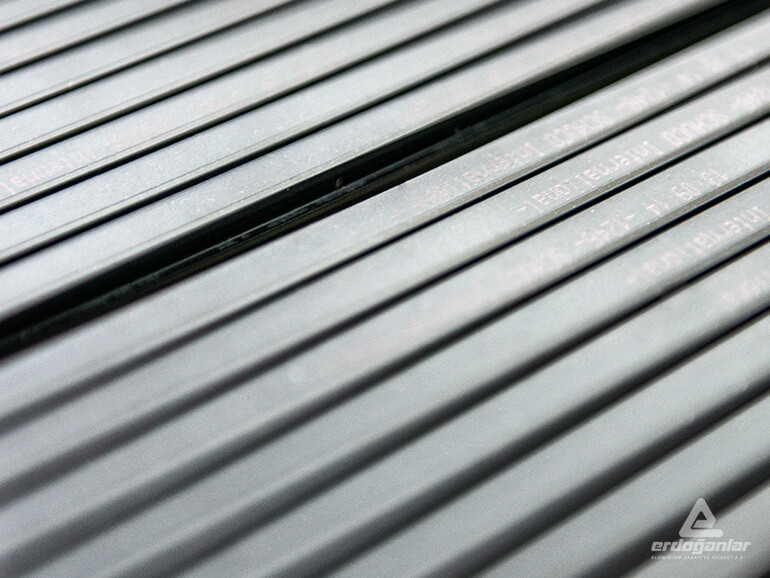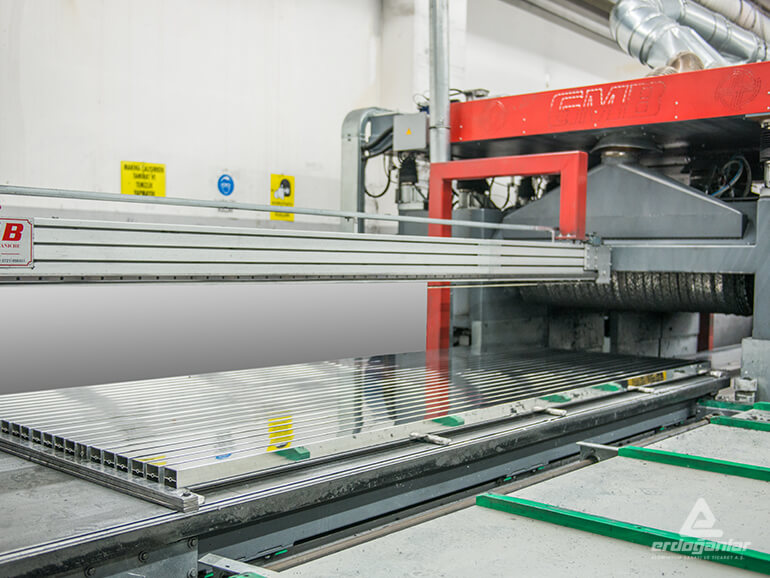Anodising


Anodizing; ERD Metal converts metal surfaces into decorative, durable, corrosion-resistant, anodic oxide finishes. All of our anodized products are in accordance with Qualanod standards and we can also deliver different anodizing thicknesses and color range from 5 to 25 microns.
What is Anodizing?
Anodizing is the process of electrochemically converting a metal surface into an anodic oxide finish. This anodic oxide structure originates from an aluminum substrate and is made entirely of aluminum oxide. Instead of applying the aluminum oxide to the surface, it is fully integrated with the underlying aluminum substrate – making it non-chipping and non-peeling.
The Anodizing Process
The aluminum is immersed in an acid electrolyte bath and passes an electric current through the medium. A cathode or coil is mounted on the inside of the anodizing tank where the aluminum acts as an anode. This allows the oxygen ions to be released from the electrolyte to combine with the aluminum atoms at the surface of the part. In other words, anodizing is the highly controlled oxidation and enhancement of a naturally occurring phenomenon.
- It produces high quality surface finishes
- It provides beautiful, minimal maintenance, highly durable roofs, exteriors, curtain walls, ceilings, floors, escalators, lobbies, and staircases
- It’s considered safe for the environment due to producing little if any, harmful effects to land, air, or water
Anodized aluminum has revolutionized a lot of different structures for several industries, including computer hardware construction, exhibit displays, scientific instruments, home appliances, consumer products, building materials, and more.